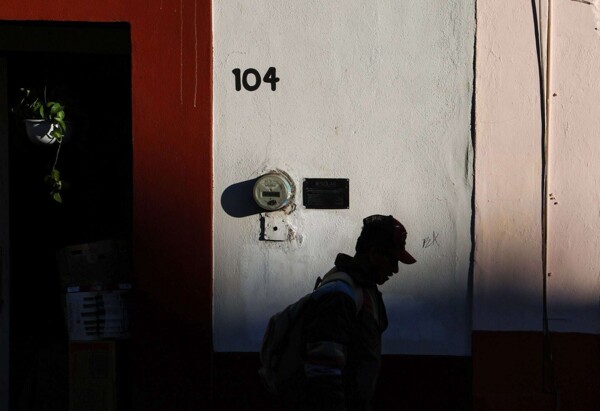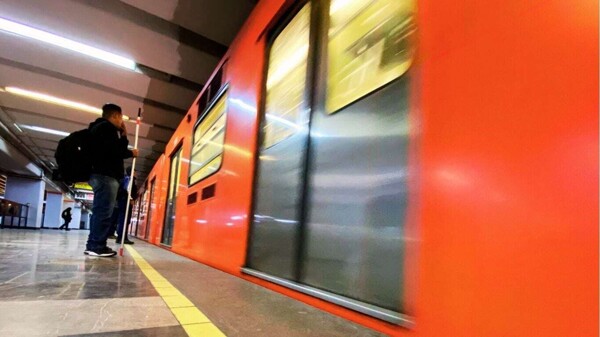
Traffic is one of the main urban challenges faced by residents of Mexico City. Demonstrations, accidents, and strikes intensify the problem, turning it into a daily challenge for millions of people. Both drivers and public transport users face long hours in traffic, resulting in a loss of time and productivity.
Traffic also has a significant impact on pollution and the health of residents. It generates 983 kilograms of CO₂ per person per year and contributes to respiratory diseases. Additionally, overpopulation and the lack of adequate infrastructure exacerbate the situation. The insufficiency of public transport and poor urban planning are factors that contribute to traffic congestion in the Mexican capital.
Experts from UNAM have suggested several measures to solve the traffic problem. Among them are the improvement of public transport, the creation of reversible lanes with flexible hours, the promotion of remote and hybrid work, as well as the promotion of a road culture to enhance urban mobility. While bike lanes are useful, the importance of planning them for short and medium trips and connecting them with other means of transport is highlighted.
A study by the UNAM Foundation reveals that residents of Mexico City spend 152 hours annually stuck in traffic. This traffic congestion not only impacts the quality of life of people but also their productivity and health. A journey of 10 kilometers, which should take 14 minutes, can take twice as long, increasing pollution and respiratory diseases. The loss of gasoline due to traffic is estimated to be equivalent to filling the tank eight times.
In Mexico City, traffic is so severe that it ranks 13th in traffic congestion among 387 cities evaluated worldwide. With the lack of adequate infrastructure, population growth, and high dependence on automobiles, the Mexican capital faces a constant challenge in terms of urban mobility.













